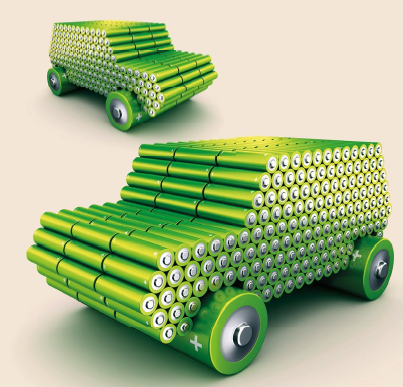Battery-powered cars are finally on the way, but some will inexplicably have a warmer reception than others.


Battery-powered cars are finally on the way, but some will inexplicably have a warmer reception than others.

THE second phase of the Vehicular Emissions Scheme (VES) – which takes effect from July 1 – will include fine particulate matter (PM) as a pollutant. PM will, along with four other pollutants, determine how much tax rebate or surcharge a car attracts.
Like now, cars will be judged according to their worst performing pollutant level. Specifically, for PM, the VES as of now stipulates an emission level of zero. In other words, for a car to qualify for the top-tier rebate of $20,000, it cannot produce any particulate matter at all from its tailpipe.
Currently, only pure electric cars can do that. Which explains why motor companies are starting to bring in a slew of battery-powered models. These include the Hyundai Ioniq Electric, Renault Zoe Long Range and Volkswagen e-Golf.
Jaguar and Tesla are also expected to join the fray. BMW, the first to sell electric cars here, will also bring in the revamped i3.
But how well these cars perform in the showroom will depend on a few things. Certainly, like all cars, the appeal of an electric car will hinge on its attractiveness – from its styling, pricing, practicality, to its performance. Performance, in this case, will include range. That is, how far an electric car can go on a single full charge.
In most other markets, cars from Tesla and BMW will rank quite high on the attractiveness scale. They look good, are as practical as conventionalfuel cars, and are packed with high performance.
As for how far they can go on a charge, Tesla boasts of models which can cover 400 kilometres, while the latest i3 can do more than 180 kilometres.
In many other markets, a car such as the Tesla Model S will appeal to many who are looking for a premium vehicle. A Model S costs less than an equivalent Porsche Panamera in the US. Both cars are of a similar size, and provide similar performance. Which explains why the Model S is a common sight on the streets of Los Angeles and San Francisco.
But will it do as well here, assuming the brand makes a comeback? Probably not. In Singapore, even with a $20,000 VES rebate, a Model S is likely to cost more than an equivalant Panamera.
Not only that, a variant like the P85D will attract an annual road tax of over $11,000 – nearly thrice the annual amount for a Panamera.
So, in three years’ time, the Model S owner would have expended his VES savings on road tax.
Not so for a model like the Hyundai Ioniq Electric. The battery-powered Hyundai would probably have the same level of attractiveness as a mass-market 1.6-litre family sedan as far as styling, pricing, practicality and performance go.
But its road tax will only be a little over $1000 – in the same ballpark as a conventional 1.6-litre.
This is because the road tax calculation for electric cars is based on the vehicle’s power output, as well as a factor that takes into account the carbon footprint associated with the distribution of electricity to charge it up.
Hence a car like the Tesla Model S P85D, with a declared power output of over 500kW, draws a prohibitively high road tax. The Hyundai Ioniq Electric, with 88kW, is taxed lightly.
Both cars are pretty much at the extreme ends of a wide spectrum. So, the commercial viability of a particular electric model in Singapore will depend much on which end it leans towards. And not just how attractive it is as a car, or how efficient it is.
The other reason why lower powered choices are more likely to take off lies in the VES rebate and its relative value to the price of a car. Clearly, $20,000 will be a pretty big deal to a buyer of an Ioniq Electric, which is expected to cost below $140,000. But $20,000 is rather insignificant to a buyer of the Model S, which starts from around $400,000.
There is no wrong or right in the way road tax is levied on such cars. The power rating is a proxy for engine displacement in a fossil-fuel car. But there has to be a way to also factor in the indirect carbon emissions of battery powered cars. The Government has chosen a rather inelegant way – through road tax.
By the same token, it is the same way the special tax is levied on diesel taxis – to reflect the higher mileage clocked by cabs. The more kilometres a vehicle chalks, the more pollutants it emits.
Unfortunately, this means lesser cars – as far as performance is concerned – will proliferate here. This is similar to how the COE power banding is paving the way for cars with less advanced engines to populate the roads here.
Anything with more than 97kW or 130hp is placed in Category B – no matter how tiny the engine is. Cat B is a smaller COE quota, and its premiums are usually higher than Cat A, where the bulk of certificates reside.
Still, going by how the verdict is still out on how clean or efficient electric cars actually are, Singapore’s cautious treatment is not totally unwarranted.

VW and BMW will be selling their latest electric models here.
"THE VERDICT IS STILL OUT ON HOW CLEAN OR EFFICIENT ELECTRIC CARS ACTUALLY ARE."


GOT A COMMENT?
SEND IT TO CHRISTAN@SPH.COM.SG























